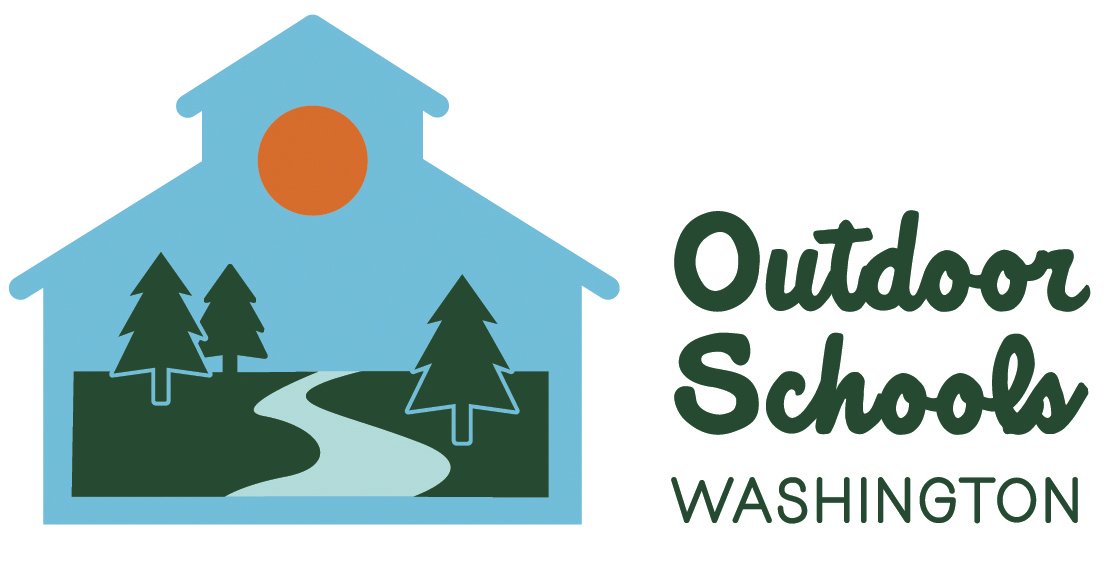
High School Student Leaders at Outdoor School
Outdoor Schools WA is happy to offer a curriculum designed to empower high school students to become exceptional outdoor school leaders. This curriculum equips students with essential skills in leadership, child development, and group management.
Key features of the curriculum include:
Easy to follow lesson format
Minimal materials
Relevant and timely information, exercises, and resources
High School Leaders add Notable Benefits
Sharing Outdoor School with high school students generates benefits!
Role models: High school students can serve as positive role models for elementary students. Seeing older students succeed academically and socially can inspire younger children to set similar goals and work towards achieving them.
Increased engagement: Younger students often find it easier to connect with and engage with high school students rather than adult teachers. The near-peer relationship can create a more relaxed and comfortable environment for learning.
Improved academic performance: High school students can help younger students with their studies, providing personalized attention and support. This individualized assistance can lead to better academic performance and understanding of the material.
Boost in self-confidence: For high school students, acting as mentors to younger children can enhance their self-confidence and leadership skills. They gain a sense of responsibility and accomplishment when they see the positive impact they have on the younger students' lives.
Enhanced social skills: Interacting with elementary students helps high school students develop their communication and interpersonal skills. They learn how to relate to younger individuals, which can be valuable in various aspects of life.
Fostering a sense of community: The integration of high school and elementary students fosters a sense of community within the school. It promotes a supportive and inclusive environment where students from different age groups collaborate and learn from one another.
Building empathy and understanding: High school students can gain a deeper understanding of the challenges and experiences faced by younger students. This increased empathy can lead to a more compassionate and inclusive school culture.
Reinforcement of knowledge: While high school students help younger students, they also reinforce their own learning. Teaching others requires a thorough understanding of the subject matter, which benefits the mentors as well.
Exposure to leadership opportunities: Being near peers provides high school students with valuable leadership opportunities. They can take on responsibilities such as organizing activities, guiding discussions, or leading group projects.
Bridge the generation gap: Interacting with different age groups can bridge the generation gap and promote a sense of unity within the school. It breaks down barriers and stereotypes between different age groups, leading to a more cohesive school community.
It's essential to provide appropriate training and support to high school students acting as near peers to ensure they can fulfill their roles effectively and responsibly. Overall, the near-peer relationship can create a positive and enriching learning environment for all students involved.

